Why Your Team Needs Swift Water Training
By: Randy Bayne
There is a particular incident I recall from when I was a deputy sheriff. I responded to a call from an area of town considered safe from flooding. However, during a springtime downpour, a low-lying area near a small creek began to flood.
As an unsuspecting family tried to drive across a railroad track, their vehicle began to float. The family called 911 requesting rescue. The local fire precinct was roughly 450 m/500 yds from this location. On arrival, I saw they had arrived ahead of me. The responding firemen were attempting to wade across waist-deep, flowing water in their turnout gear to rescue the family.
As with other first responders, firefighters are trained to deal with fires, auto accidents and medical emergencies. Not all firefighters, however, learn swift-water rescue techniques. Most Public Safety Dive Teams are nowhere near a flood zone. As a result, they will tell you they do not need swift-water training.
In this article, you’ll see why swift-water training is valuable in any environment.
The Breakdown
Let’s break down the rescue scenario described above. While the firefighters had good intentions, their lack of swift-water rescue also placed their lives in unnecessary danger.
When water is moving, it’s hard to judge the current’s strength. So, just like the trapped family’s vehicle, the firefighters could have also been swept away by the current. Swift-water risks go beyond this.
- Currents may also bring debris from upstream. This debris may be floating anywhere in the water column. It is not always visible to rescuers.
- Something as benign as a storm drain can become a death trap for the untrained. This can include both civilians and unprepared rescuers. A storm drain can easily trap a foot. Against a strong current, a trapped person can tire and drown.
- There is also what is known in the swift-water community as a strainer. This creates a change in water pressure which can trap dangerous debris and unsuspecting people.
- Anyone who has attempted to lift a manhole cover will tell you these are extremely heavy. However, when storm drains fill with water manhole covers can float away. This can leave holes into which unsuspecting people can easily sink. Once inside, the chances of survival are slim.
- Something like a retaining wall can create a hydraulic. These can pin a person underwater. Without proper training, that person is unlikely to survive.
There have been many cases of currents sweep someone into a driveway culvert during flooding. The outcome here is also bleak.
Proper equipment is vital to success. In the scenario described above, the firemen wore their typical turnout gear. This equipment only protects against fire and abrasions.
The firemen did not take the time to remove that gear before attempting the rescue. In an aquatic environment, this same protective gear can become saturated. It can act as an anchor dragging them to the bottom.
Let’s look at how ERDI swift-water training can help prepare your team to deal with these hazards as safely as possible.
Estimating Current
Among the first things I learned in my swift-water class was how to estimate current speed and strength. These estimates are important for any rescue.
Proper Equipment
- Special swift-water PFDs (Personal Flotation Devices) float you in a proper swift-water rescue position. They have more floatation than a typical PFD.
- Swift-water helmets protect your head from debris. However, they will allow water to flow through the helmet without pushing your head underwater.
- You need wetsuits and neoprene boots for thermal and abrasion protection. You will be surprised how cold moving water can be. Wetsuits further add floatation rather than anchoring you to the bottom.
- Every swift-water rescuer should have a rescue throw rope. These typically come in a bag which makes throwing them easier.
- Cutting devices are critical when dealing with any rescue scenario, in or out of the water. You never know when you may need to cut yourself or a victim loose from a rope or seatbelt.
Entry, Floating Position and Swimming
The method you use for entering swift-water should help ensure minimal risk of injury. It can make the difference between making a rescue and becoming the next victim.
Swimming in swift-water can be challenging and frustrating. You will learn the correct way to do this in swift water. When things go wrong, and you find yourself floating downstream, the proper position is critical to survival.
Team Walking
Walking in swift water may be necessary. You can do this in relative safety; however, it must be a team effort. You will learn how to do this using specific configurations. Doing so will help protect all team members from that unseen storm drain or the missing manhole discussed earlier.
You will learn how to read swift water and recognize dangerous hydraulics. You will also learn techniques to help you escape them.
Rescuing the Rescuer
What happens when one of your own is caught in a foot entrapment, hydraulic, strainer or just floating freely downstream? You will learn rescue techniques that will allow you to assist teammates — and yourself, if necessary.
Boat Operations
Sometimes a boat designed for swift water, with a well-trained crew, is the best option. Boat operations require an entirely different skill set. You and your team must acquire these skills before attempting this.
Night Operations
Rescues can happen at the worst possible times, such as night time. As with boat operations, it requires a unique set of skills, training and experience.
Having acquired their initial training, it’s critical teams practice regularly in actual swift-water environments. Doing so not only helps keep skills sharp, it also provides valuable experience.

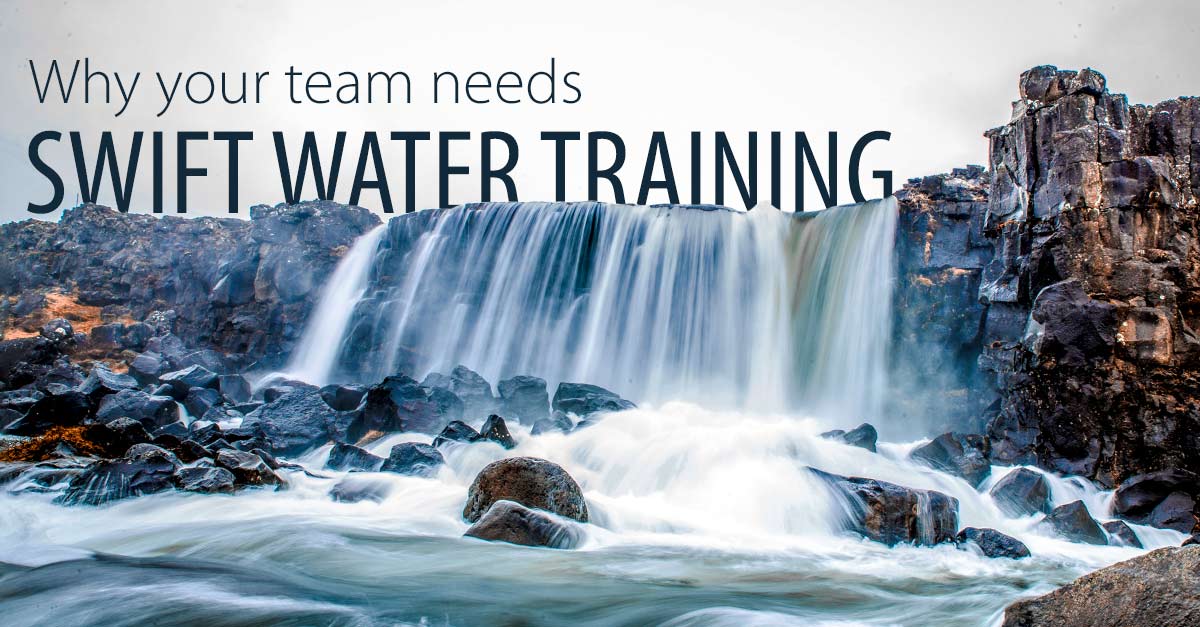
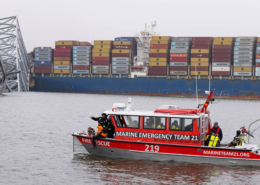 Photo By: Defense Visual Information Distribution Service
Photo By: Defense Visual Information Distribution Service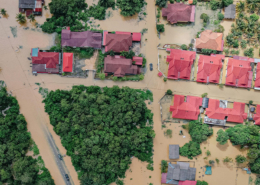

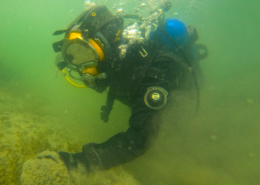
 Y. ZIN
Y. ZIN

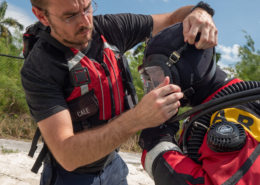
Leave a Reply
Want to join the discussion?Feel free to contribute!